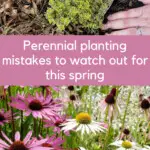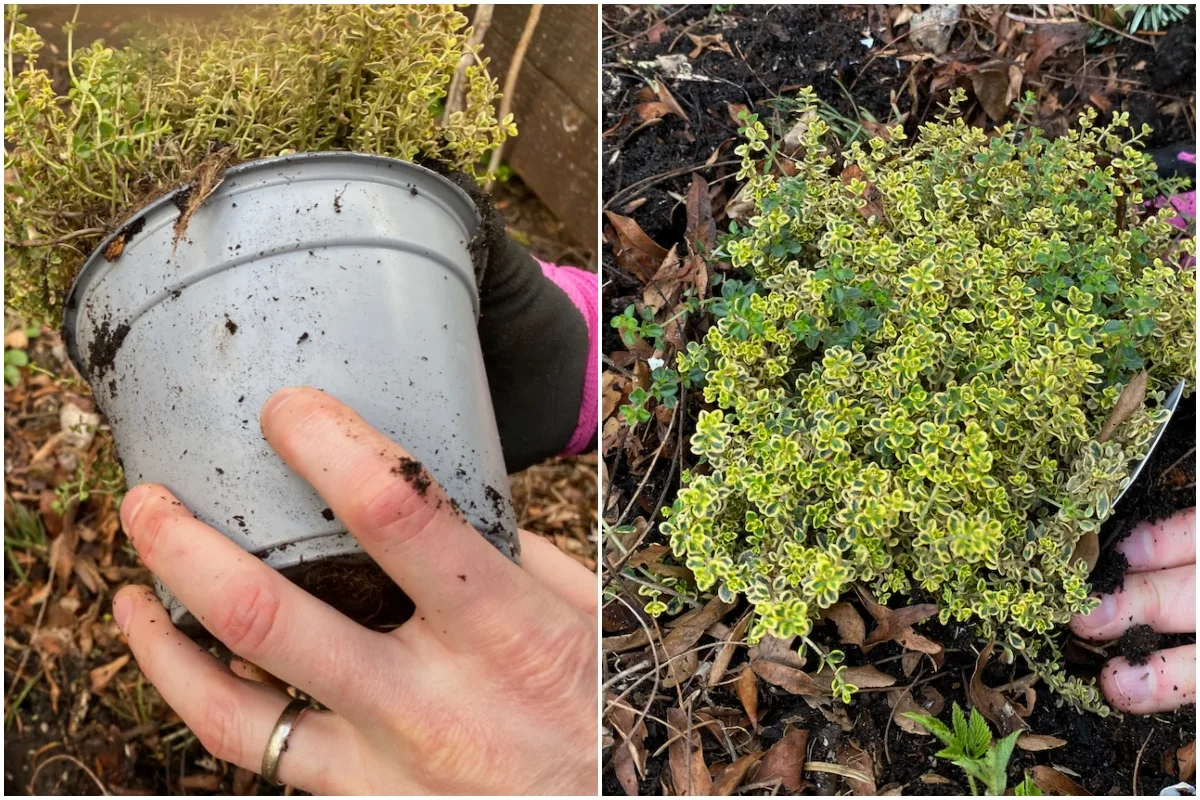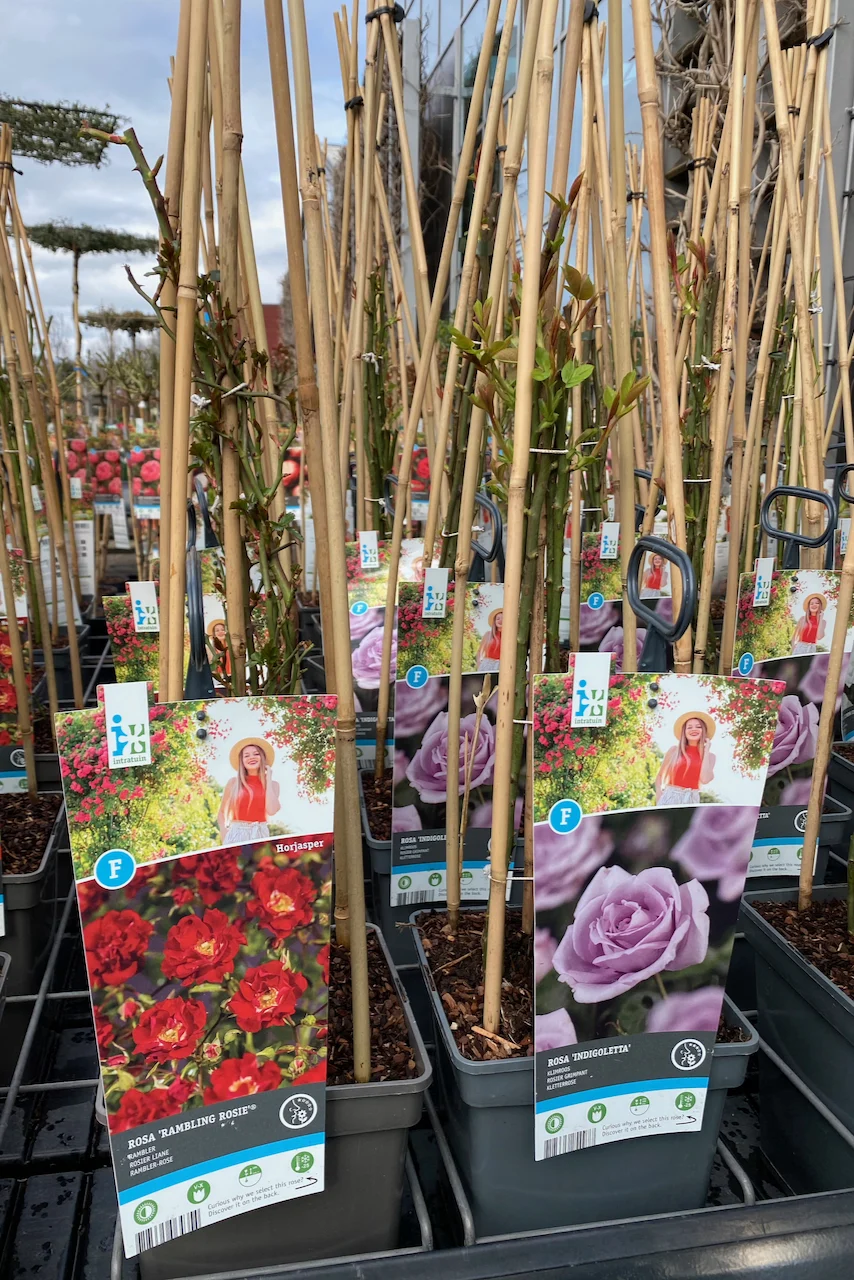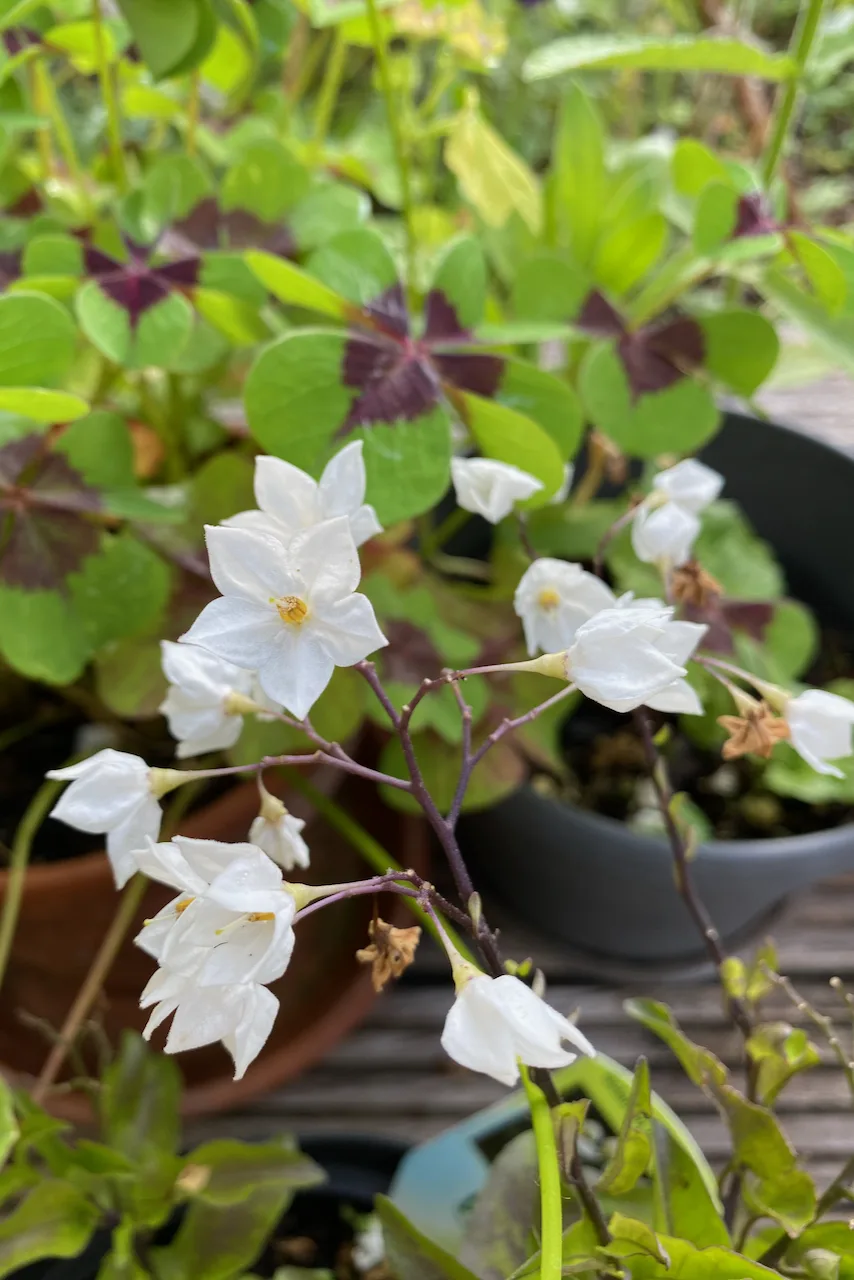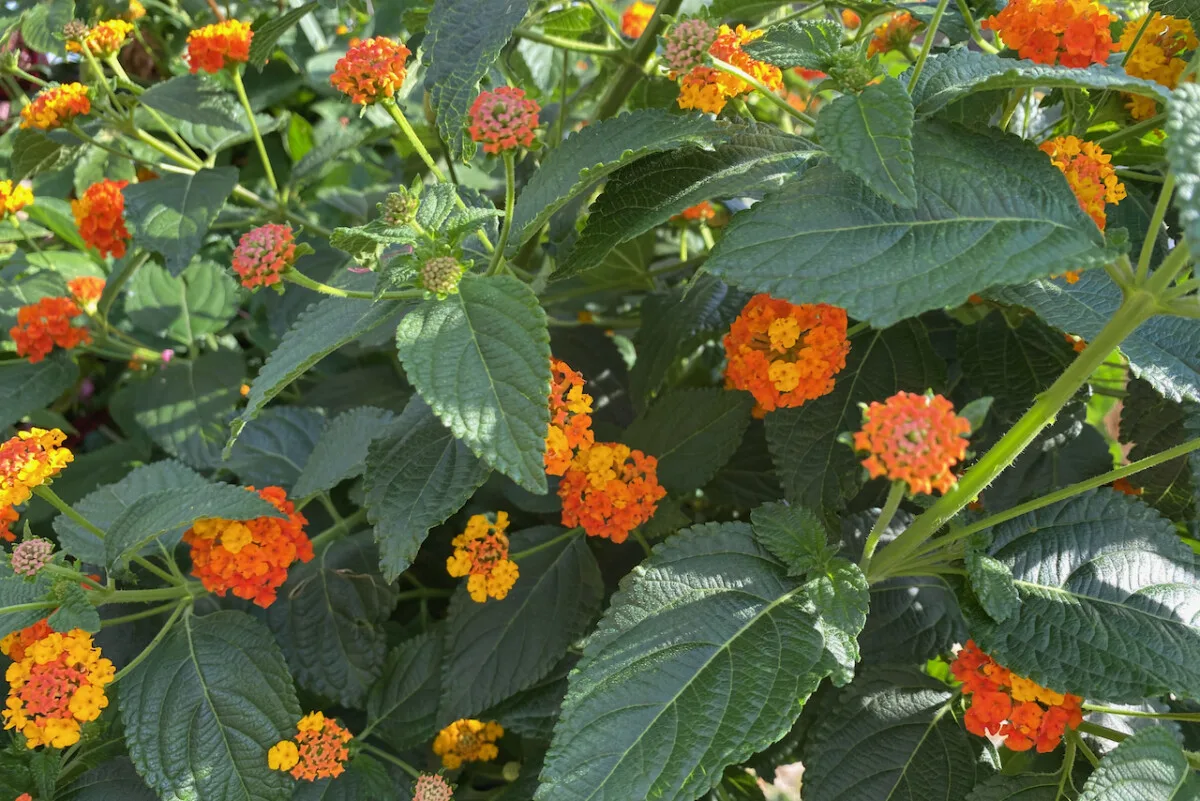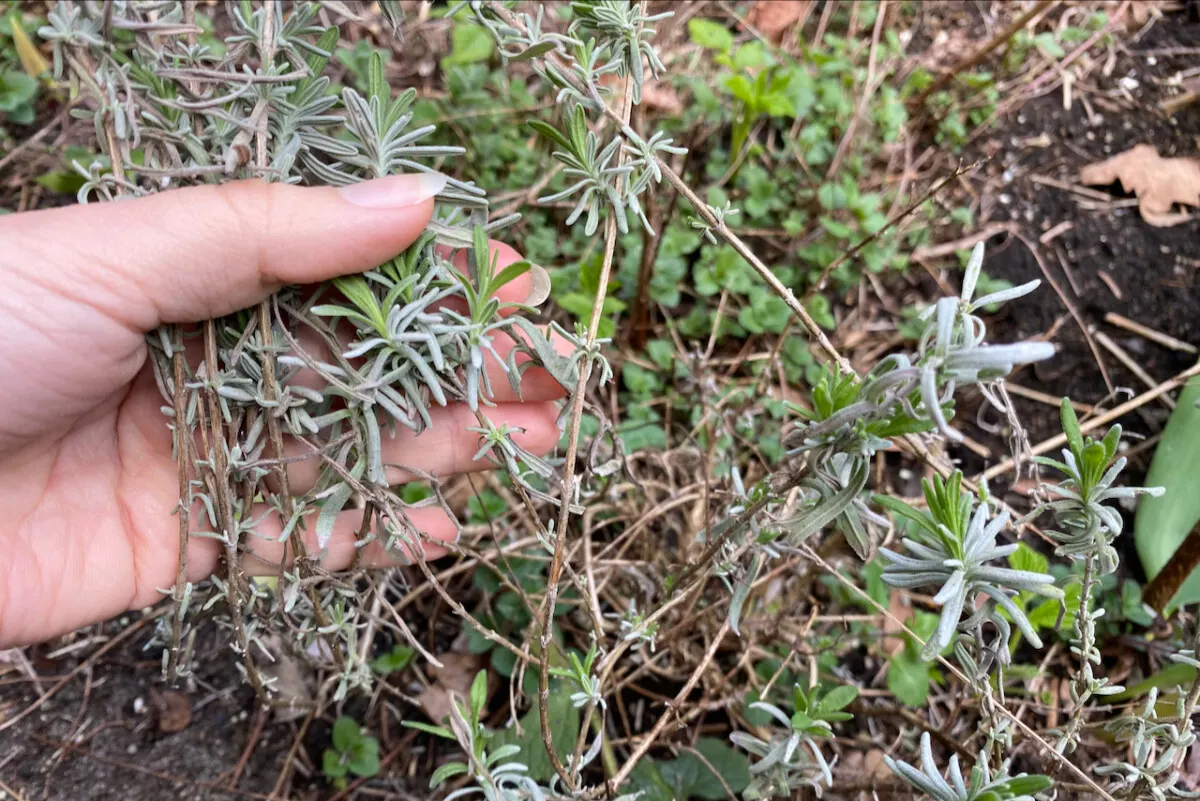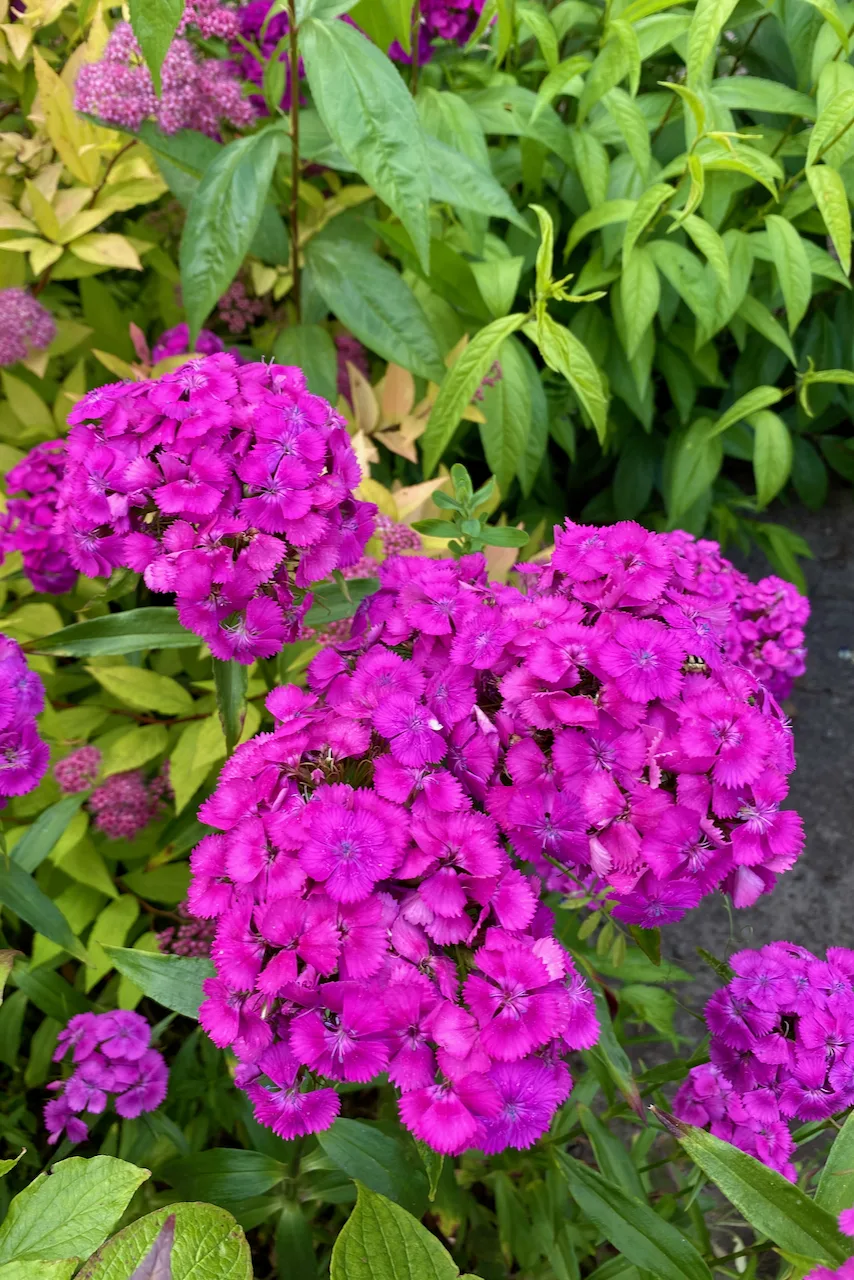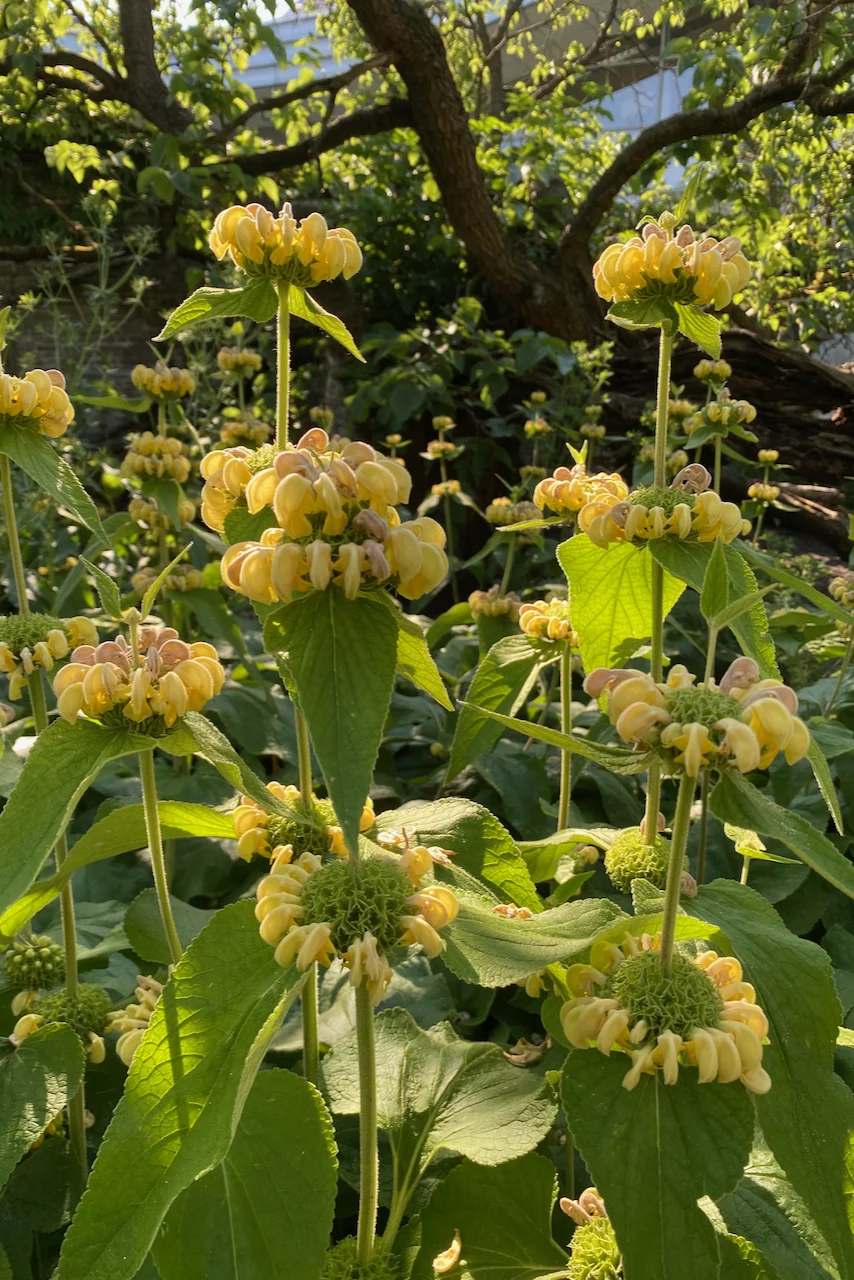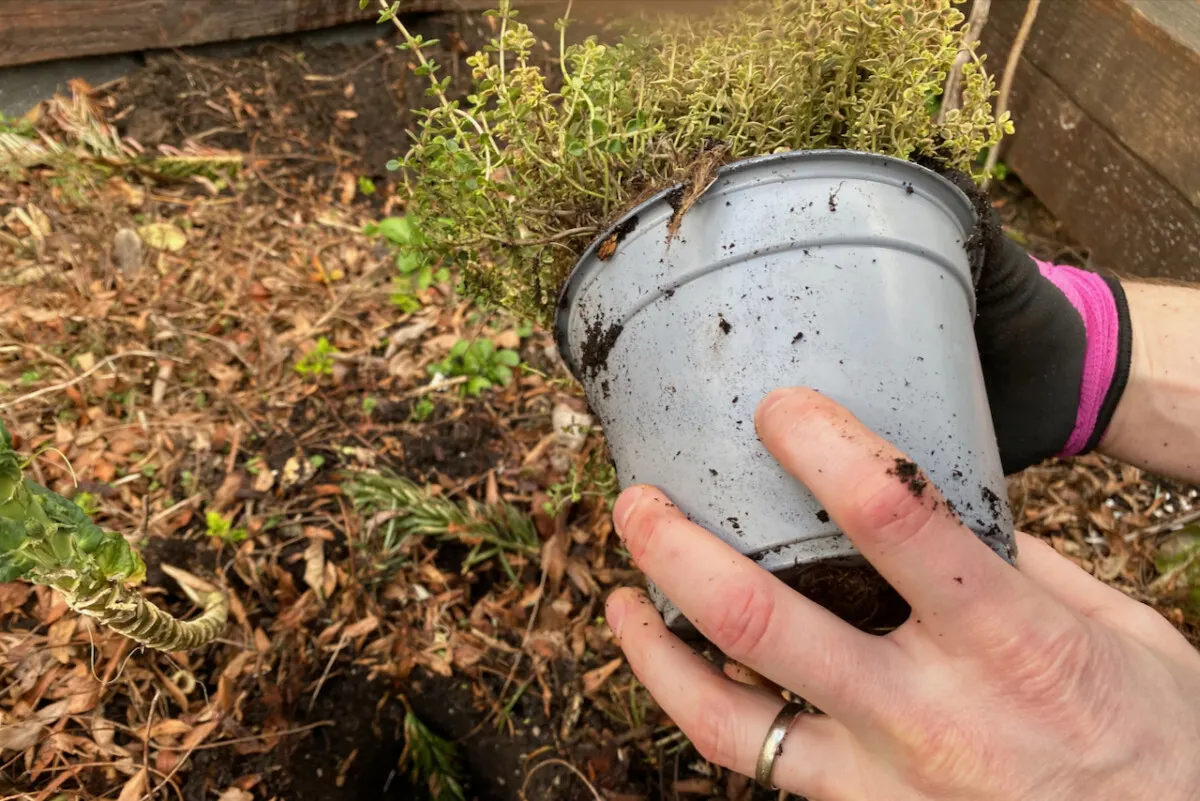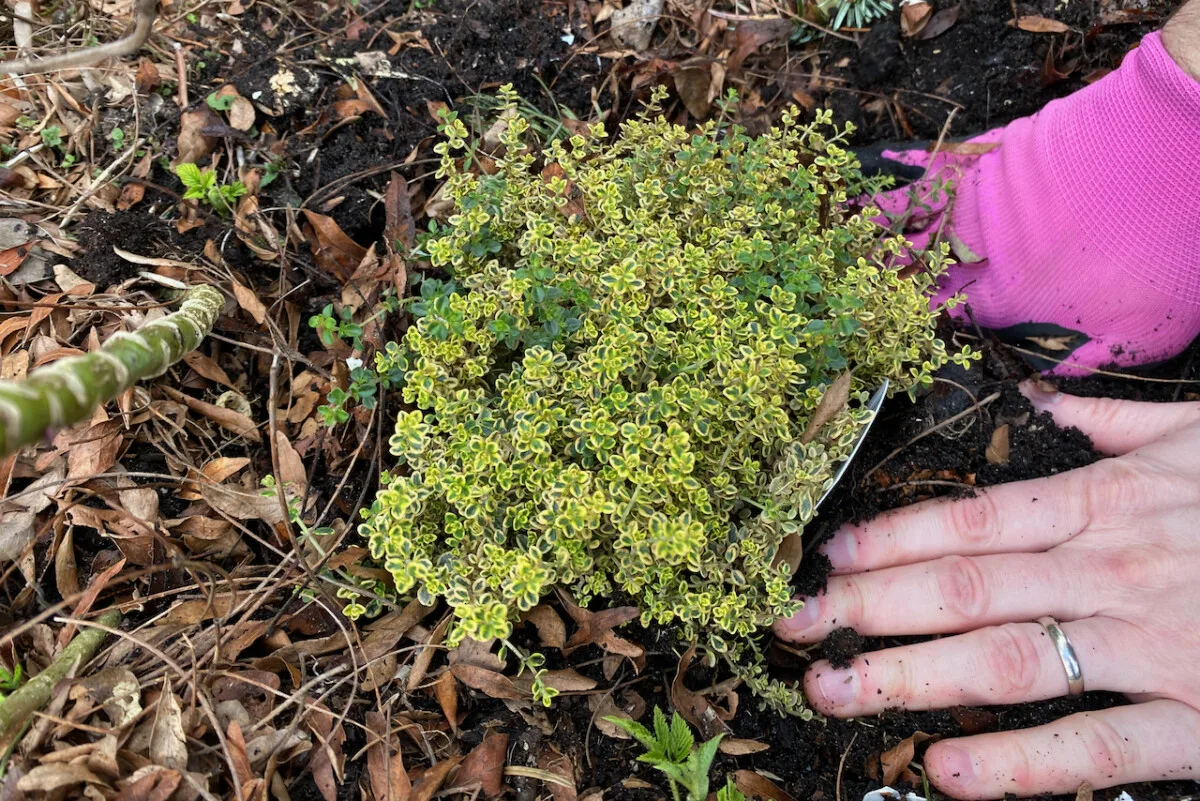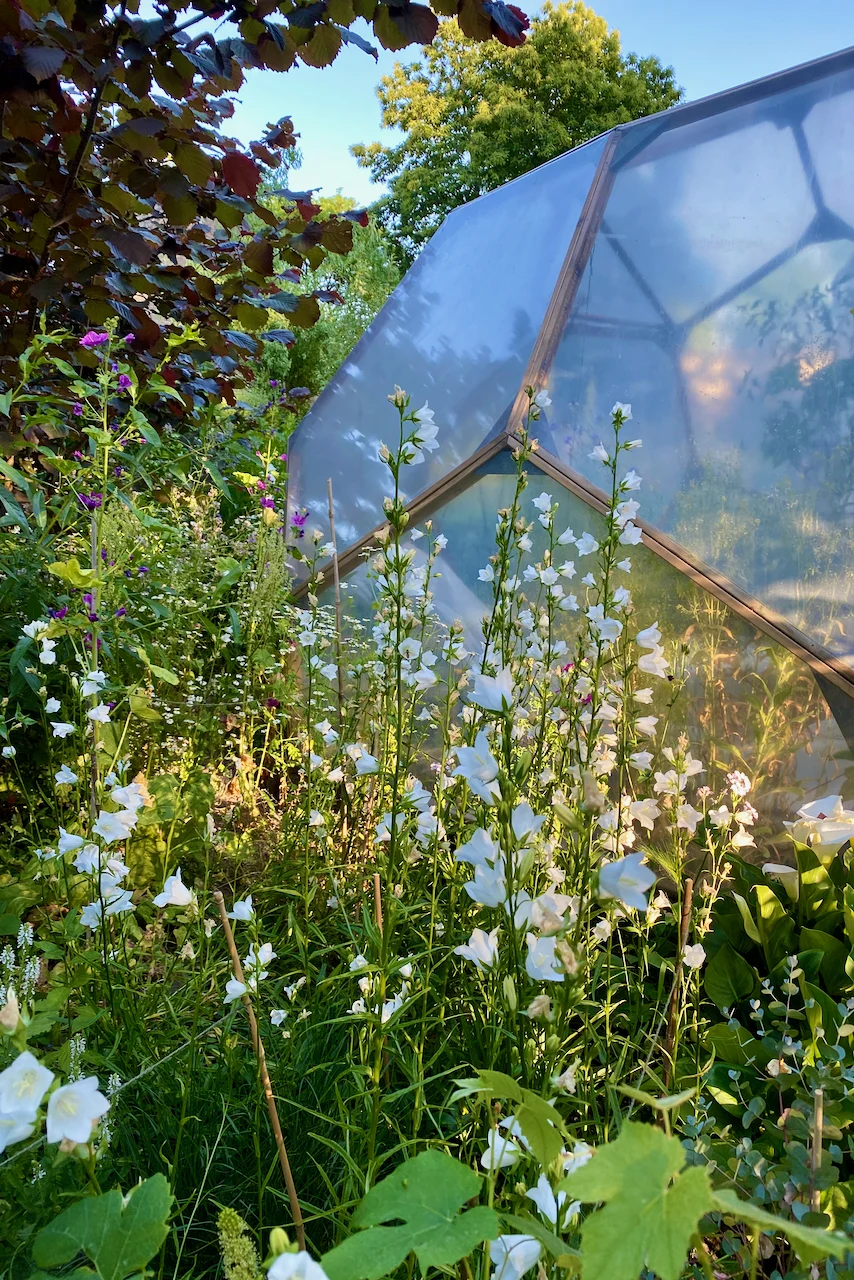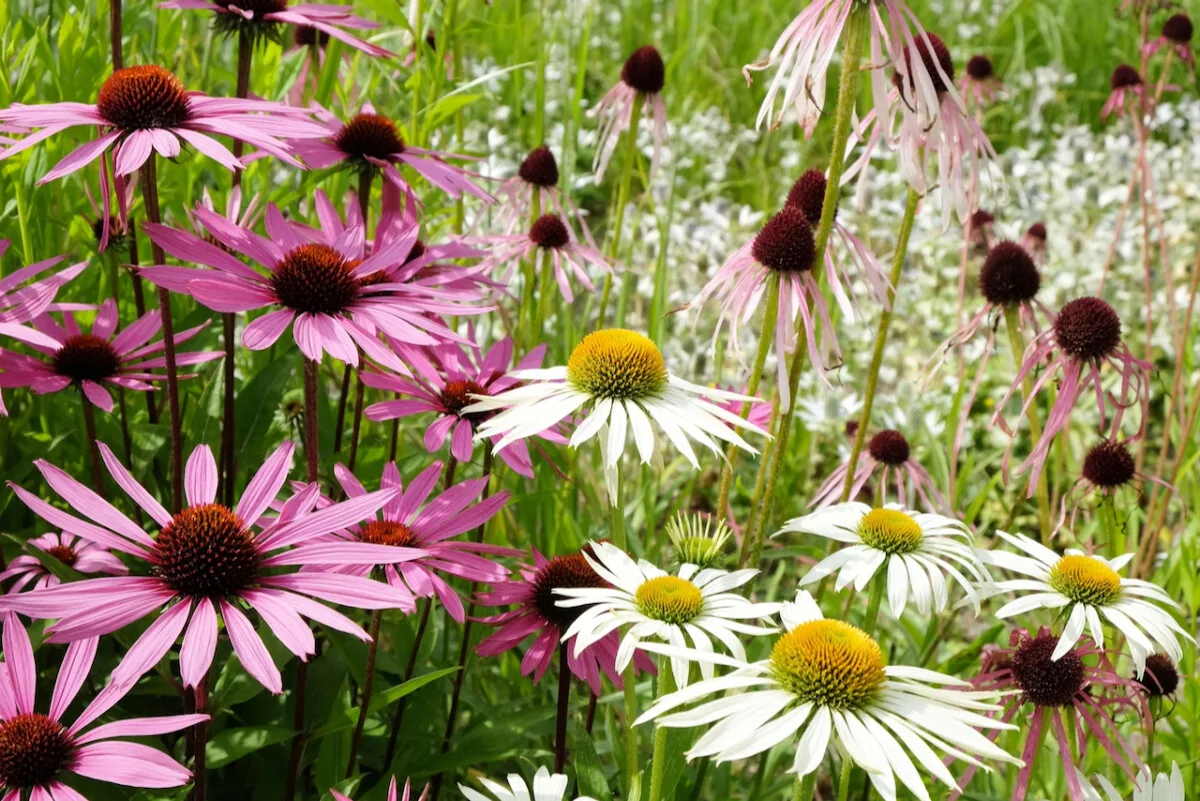I love planting perennials. Above all, I love the fact that there’s a perennial for every garden. For every type of soil. For every type of shade. In any color I could possibly imagine.
I can get mat-forming perennials, towering perennials and every size in between. I can get short-lived or long-lived perennials. But their great variety and generous versatility as a group is exactly what sometimes lures me into a false sense of security.
It’s perhaps being spoiled for choice that turned into a bit of a trap for me thinking that “everything grows everywhere”.
It’s not as simple as that. That’s how I ended up making some mistakes when I chose and planted my perennials.
Let me tell you about some perennial mistakes to watch out for, so you don’t fall into the same traps I did.
1. Wishful thinking when we’re buying perennials.
Let’s start with a trap I fall into almost every single time I go shopping for plants. I’m curious if it happens to you too.
I wander around the garden center and my eyes are bigger than … my garden. So I proceed to fall in love with plants and put them in my shopping cart without doing a bit of research first. This is how I end up picking plants that are not suitable for my small backyard space.
When I was getting plants for this hanging basket, I also bought a potato vine (Solanum jasminoides, nothing to do with the humble potato) on impulse. It was a beautiful perennial, but I had no space for it in my garden. And it certainly wasn’t suitable for a hanging basket. So I ended up gifting it to a gardener friend.
Whether it’s a shrub that would grow too large for the space you allocated for it, a plant that’s considered invasive in your region or an annual mislabeled as a perennial, the temptation to bring home the wrong plants is real.
I wish I could trust plant vendors to curate and label things properly. But I noticed that it’s very much a free-for-all in terms of what’s on sale, especially if I shop at large big box stores.
That’s why I try to stick to small nurseries that are more likely to offer suitable plants for my area. But even then, I have to remain vigilant and stick to my shopping list.
2. Wishful thinking when we’re planting perennials.
Let’s say I didn’t fall into the trap above. That I brought home a plant that I actually planned for and have enough space for. One mistake I sometimes make at this point is veering from wisdom thinking (right plant, right place) to wishful thinking (wouldn’t it be nice?)
Sure, I bought this lantana that would thrive in the sun. But wouldn’t it be nice if I planted under the smoke tree where that gap is? Never mind that it would barely get any sunlight save for an hour or two in the afternoon.
Of course, this lavender needs sandy soil and less water to best accommodate its Mediterranean roots. But wouldn’t its silvery foliage look cool against the pink of the hydrangeas? The same hydrangea shrubs that are perpetually thirsty. Never mind that the two plants don’t have the same water requirements. They’ll figure it out.
You get the gist, right?
I call it wishful planting. And even though most of the time, it doesn’t kill perennials outright, it certainly interferes with their potential. They might not bloom as profusely. They might not live as long. And they might stretch to kingdom come in search of that sunlight I’m depriving them of because of the wouldn’t it be nice? mindset.
3. Not accounting for different flowering times.
This one is something you learn (or rather learn to avoid) by doing. I’ve made this mistake for a few years and I think I still have a way to go in optimizing and spreading out flowering time.
I was good at planning spring blooms. I would plant bulbs in the fall, then have a succession of daffodils, hyacinths and tulips come spring. A beautiful sight. But once they were gone, there was a flower gap until the early summer perennials started to open.
Over time, I learned that I should account for this gap by planting pansies, windflowers (spring anemone), dianthus and even late-blooming tulips. All of these would be in full bloom in my temperate climate zone in May and early June.
Similarly, I learned how to close the late summer gap – between the time summer-blooming perennials start to fade, but chrysanthemums and Japanese anemone haven’t fully bloomed yet.
Russian sage (Perovskia), Turkish sage (Phlomis russeliana), Verbena bonariensis and canna lilies are the perennials that will take over flowering duties at this time of year.
If this kind of flowering math seems like too much trouble, especially if you’ve caught the gardening bug recently and still feel a bit overwhelmed by too much information, have a look at this list of long-blooming perennials. These will cover a few months of blooms while you’re still figuring out what works well for your space.
4. Planting perennials at the wrong depth.
This can go either way. You’re either burying the perennials too deeply when they like to be surface level. Or not burying them deep enough.
There are some plants that have shallow roots. Here’s a list I made when I was planting my shallow garden. Popular perennial shrubs, such as camellias, rhododendrons and azaleas, also have shallow roots. So when we bury them too deeply, we end up piling soil around the stems too, which will keep them too damp. Not good.
On the other hand, there are some plants that prefer some depth. It helps them recover after being transplanted.
Knowing which is which can seem confusing. So the rule that helps me when I transplant perennials is to stick to the height they’re planted at in the pot. I assume that the nursery planted it at an optimal depth, so I keep the same depth when I move the plant to the garden. So far, following this rule of thumb has worked really well.
5. Not understanding types of shade.
I’ve learned this the hard way too. But in a good way.
I ended up with a few brunnera plants, with the only place to plant them being a shaded part of my front yard. I didn’t have very high expectations, but they were rescued plants so they went in the ground anyway. They ended up thriving in that spot because the shade wasn’t full, but dappled.
Dappled shade is not full shade. It’s not partial shade either.
Here’s the difference:
Dappled shade is usually found under a canopy where the sun filters down through the tree branches. Perennials that are descendants of woodland plants (such as rhododendrons and wood anemones), prefer this type of alternating pattern between light and shadow.
Partial shade (also called part shade or half shade) refers to a spot that gets between three and six hours of sunlight a day. Keep in mind that the hours don’t have to be contiguous. Some part shade locations can get three hours of morning sun and one hour of evening sun, depending on their orientation and what’s around them to cast shade.
Full shade locations receive fewer than three hours of direct sunlight every day.
It’s important to note that having a shaded garden won’t spell the end of your gardening dreams, as long as you plant perennials with that in mind. Have a look at Lindsay’s list of 25 shade-loving perennials that will brighten up your garden.
6. Not planting more of what we love.
I used to have this kind of self-imposed limit. A kind of mental hangup that told me my plants were once and done.
No, thanks, generous gardener friend! I already have a black-eyed Susan in my garden, so I won’t take your extras. Even though they’re a different cultivar – of a different height and pattern. And I have enough space for them. And I love them to bits. One is enough. I’m a one-and-done kind of gardener.
I used to think this way when I started gardening. I wanted to try planting everything, but this meant it would have to be just a little bit of everything. Not fun. Over time, I’ve started to allow myself to just get more of the same plant if I really love it.
More echinacea, in different colors. More sea holly (Eryngium), in various shades of the same color – blue. And more perennial geraniums, even though I already have a few mounds of them.
And there’s an unexpected side-effect of avoiding this perennial planting mistake. My beds and borders look a bit more cohesive. Repeating the plants helps unify the border visually. And even when the repetition is seemingly at random, it looks more harmonious overall.

Get the famous Rural Sprout newsletter delivered to your inbox.
Including Sunday musings from our editor, Tracey, as well as “What’s Up Wednesday” our roundup of what’s in season and new article updates and alerts.


